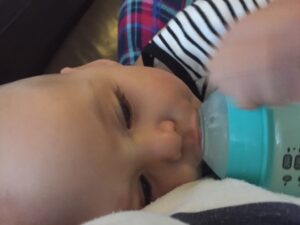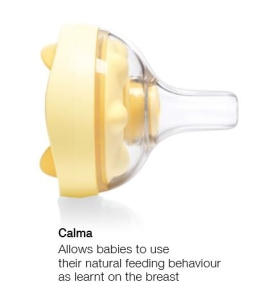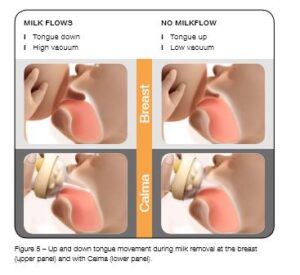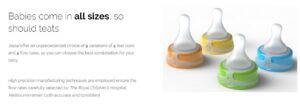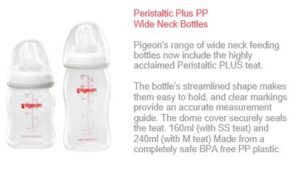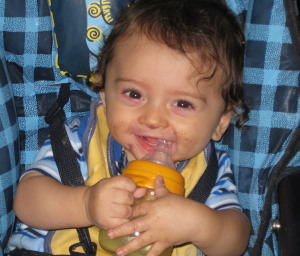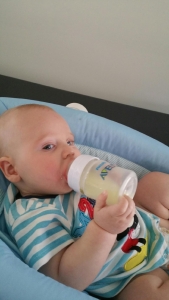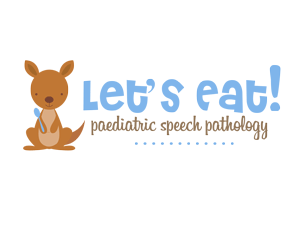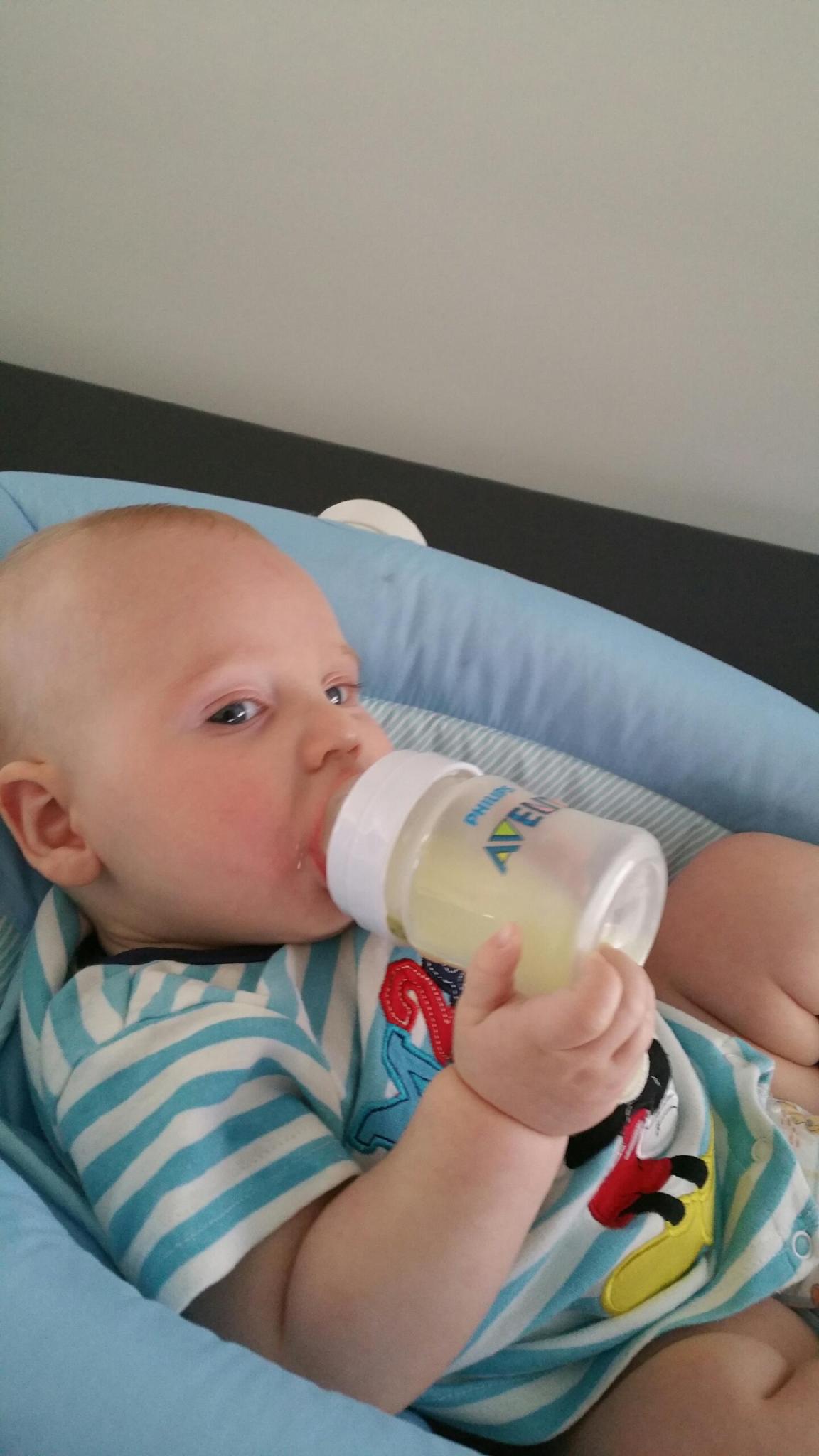
Nipple confusion – fact or fiction?
Being a feeding therapist and Speech Pathologist has lots of advantages, one of them being that friends often text me for feeding advice or to ask baby feeding questions which I do love because it helps me to review and think about lots of the hot feeding topics floating around. One of these is “nipple confusion” and the top question is – “what bottle can I use with my breastfeeding baby to help avoid nipple confusion?”
The answer? Well it’s too long to text in a message so I end up ringing them and having a long conversation about it. Because feeding is multilayered and the reasons for parents reaching for a bottle when they are breastfeeding their baby is numerous.
Firstly, if you need to use a bottle because you can’t or don’t want to breastfeed your infant then really any bottle should technically be fine. If you have a premature baby or one that is struggling with their sucking coordination then often it helps to understand the different bottles on the market. And that’s where feeding speech pathologists can be helpful.
If your baby is a happy breastfed baby, then it’s likely that they might not even want a bottle – I know my babies didn’t. But some babies do and for some babies, they happily go back to the breast when it is offered and take a bottle when it is offered too…. but for some babies, they often tend to prefer the bottle over the breast. The question is why?
There is a lot of money poured into researching this question…
Dr Donna Geddes in her research work with Medela says that is comes down to the suction pressure and in her ultrasound work, she feels that the Calma feeding solution teat comes close to the same suction pressure used in breastfeeding. You can read about this teat here.
The team at Sepal Healthy Innovations agree that a controlled vacuum is important but also add that a consistent flow rate is important too, which we know as Speech Pathologists can vary between teats quite considerably. So the Sepal team in collaboration with the Royal Children’s Hospital in Melbourne have designed their own unique asymmetrical teat design that definitely narrows in on the size of teats and flow rates. I like their teats and use them especially with babies who are struggling to feed; their numerous options allow us as therapists to pick a teat and flow rate that matches the baby’s sucking skills. You can find more about their teats here (sorry the pic is not so clear – it’s on their website so click on the link to find out more)
Lastly, the Pigeon Australia have designed their Pigeon Peristaltic teat to feature 2 air holes, one vertical and one horizontal which helps control the flow of milk. They say that their new Peristaltic PLUS wide base teat allows for improved suction and efficient sucking. I often do reach for this teat as well with some of my patients. You can find more info about their teats here (again, pic on their website so head there to see it clearer)
But there are also other standard shaped teats that I use but the key is that I match it to what I see the baby’s strengths and struggles are.
So what did I say to my friend?
I went through her feeding history and reasons for introducing a bottle. I did mention all the above teats which I do use and like. But I also said the following:
- I don’t believe in nipple confusion because in my clinical experience, babies are much brighter than we give them credit for. Babies who have good suck strength (call it suction if you will) and good suck-swallow-breath coordination will do what suits them best.
- So if breastfeeding is working for them, they will continue to breastfeed for as long as they (and their mum wants to).
- But if they are struggling a bit (or their mum is with supply) then they will naturally do what is easier – bottle feeding IS easier and if that works for them, then they will continue to “fuss” at the breast and suck efficiently at the bottle.
- If they are happy with both, then they will take a bottle when it is offered but also happily accept a breast too. Lucky for their mum who has options!
- But it’s not nipple confusion, they know what they are doing and are communicating with us through their body language. No one is confused here.
Now why do I pick up the phone to have this conversation? Because feeding is never straightforward, you can argue that babies get less “colic” with some bottles or suck more efficiently with other bottles etc. and you are right. But who said that “one size fits all”?
If your child is struggling to breast or bottle feed then consult with a feeding Speech Pathologist (SP). Lactation consultants (LC) are also a whiz with breastfeeding positions and supply questions not to mention both SPs and LC work well together as a team. But don’t blame the baby, bottle teat or nipple confusion. Babies are much smarter than we give them credit for.
So in my opinion, nipple confusion is fiction not fact but it will continue to rage as a controversial topic. But I also know that in all my years of feeding experience, the answer is never straightforward and feeding IS complex but that’s what makes it so amazing!
Bye for now
Val
This website and information on this blog post is provided for educational purposes. It is not meant or intended to replace Speech Pathology assessment and management nor medical or nutritional care for a child. It is recommended that you discuss any concerns or questions you might have with your Speech Pathologist and managing Doctor and develop an individualised team plan specifically for your child.
About the author of this blog post
Valerie is an Australian based Speech Pathologist with 13 years experience in Paediatric Feeding. She has recently opened a private practice called ‘Let’s Eat! Paediatric Speech Pathology’ that caters for Newcastle based babies and children with feeding difficulties. Valerie is passionate about working in the area of paediatric feeding and special needs and has been involved in the teaching and training of Australian Speech Pathology University students and allied health professionals. You can find out more about Valerie Gent and ‘Let’s Eat! Paediatric Speech Pathology’ via her website www.letseatspeech.com.au and Facebook page www.facebook.com/LetsEatPaediatric SpeechPathology or email her on valerie.gent@letseatspeech.com.au

